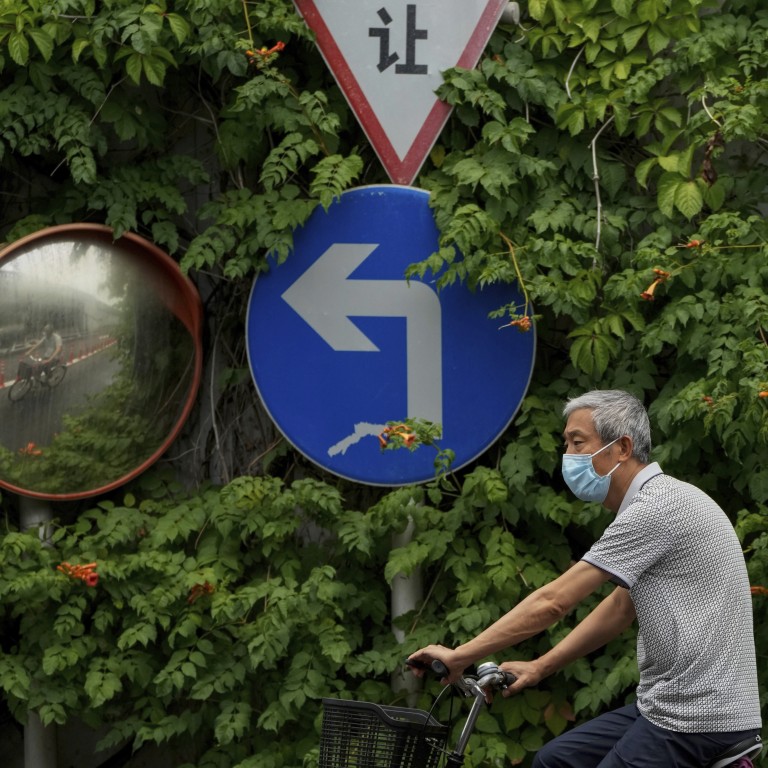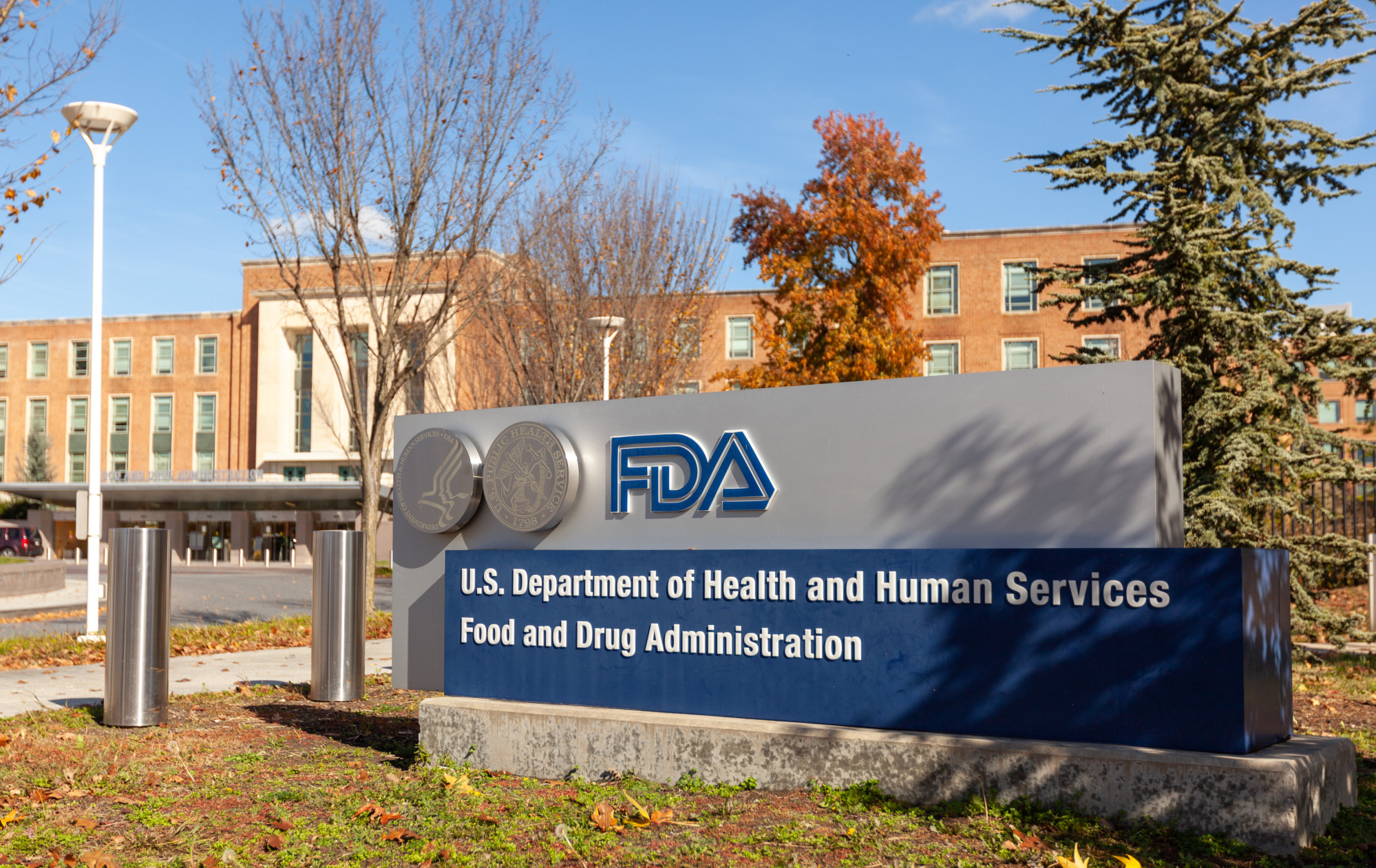
Explainer | BA.4 and BA.5: what we know about the new Omicron subvariants
- They are now the dominant strains in the US and elsewhere, and many countries are expecting a surge in cases in the coming months
- Studies have shown they can escape antibodies from vaccines and previous infections, but it’s not clear if they cause more severe disease
The new and highly transmissible strains have also gained prevalence elsewhere, including in the United Kingdom and Portugal, and many countries are expecting a surge in cases in the coming months.
Scientists are closely monitoring the new subvariants, with early studies showing that antibodies from existing vaccines and previous Covid-19 infections offer less protection against them. Here’s what we know so far.
Stealthier than ‘stealth Omicron’?
Before BA.4 and BA.5 came along, the prevailing strains in the US were also Omicron subvariants – first BA.2, then BA.2.12.1. Scientists called these earlier subvariants “stealth Omicron” because it was difficult to detect them.
There are different theories about how they evolved – that they came from previous Omicron strains, or are offshoots of BA.2.
While they share similarities with earlier Omicron strains and are seen as close relatives, BA.4 and BA.5 are distinct from them because of mutations in two spike proteins. These mutations make it easier for the two subvariants to escape antibodies produced after Covid-19 vaccines and previous infections caused by other strains – which could be why they have spread so rapidly.
Forever Covid? Reinfections more likely as virus evolves, experts warn
What the studies say so far
But in general, scientists say the coronavirus vaccines still offer protection against severe disease.
In addition, some of the antibody treatments developed for earlier strains may be ineffective against the new subvariants because of their mutations.
It is also not clear yet whether BA.4 and BA.5 cause more severe disease.
In South Africa, there was no rise in the death toll during the surge in cases fuelled by the two new subvariants.
Hospitalisations have risen in the United Kingdom, where BA.4 and BA.5 are now dominant, but not to the levels seen in earlier waves and the number of patients needing ventilators remains low.
Still, scientists have urged countries with a higher proportion of vulnerable elderly people to be on guard.
What does it mean for vaccines?
The rapid rise of the new subvariants is a headache for regulators deciding which vaccines should be used in winter.
In the US, the Food and Drug Administration met on Tuesday to discuss which variants new boosters should target. FDA scientists at the meeting suggested BA.4 and BA.5 should be the targets, not BA.1 which drove a surge in cases last winter, Reuters reported.
But given how fast new strains can emerge and overtake earlier ones, it is not known if these subvariants will still be dominant by the time new vaccines are ready and approved.
Moderna and Pfizer have both said new vaccine boosters aimed at BA.1 should be ready for roll-out soon. Moderna said it would have BA.1 vaccines ready by September, but it could take a couple more months for those targeting BA.4 and BA.5. Pfizer said it could have a BA.1 vaccine and one targeting BA.4 and BA.5 ready by October.
The FDA plans to make a decision on boosters in early July.

And for zero-Covid in China?
China has thrown a huge amount of resources at testing, contact tracing and quarantine to try to stamp out “stealth Omicron”, and the emergence of more transmissible subvariants will be an even bigger challenge to its zero-Covid strategy.
On Tuesday, a researcher with an institute under the Chinese Centre for Disease Control and Prevention said imported cases of BA.4 and BA.5 were on the rise in China.
“Their transmissibility and immunity escape are relatively higher and it will be more difficult to control and prevent [the spread of the subvariants],” Wang Wenling, from the China CDC’s National Institute for Viral Disease Control and Prevention, told reporters.

